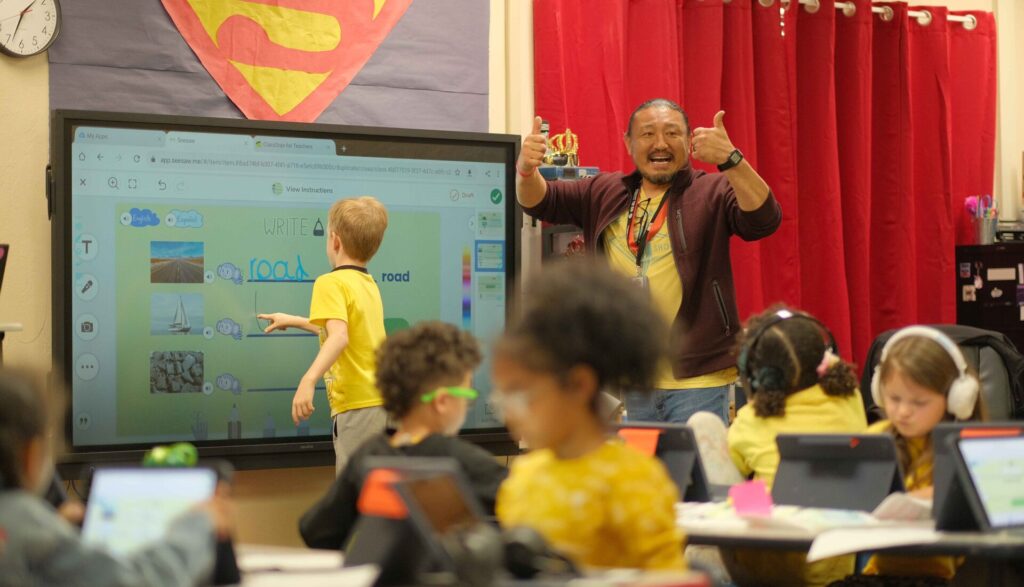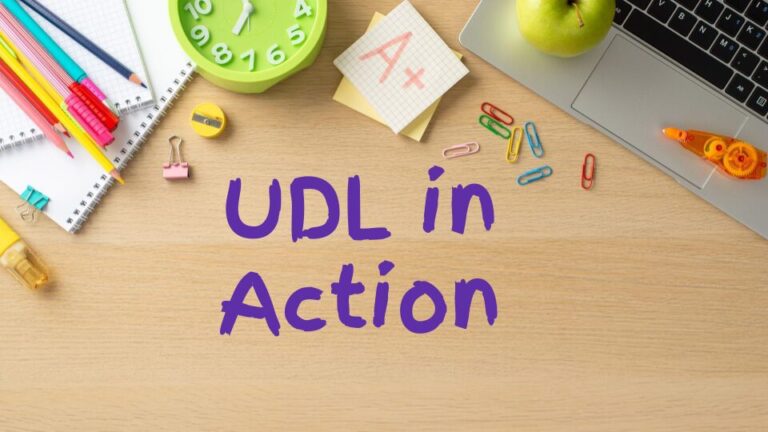Teacher retention is arguably the most important issue facing our school systems today. Teachers are leaving the system due to many reasons, one of which is high workload. As school systems, being mindful of teachers workloads can help to mitigate these issues but only if you are focusing on the right things. One element of the teacher workload that is dictated at the school or district level is technology integration. This blog explores how thoughtful technology implementation allows schools around the globe to get positive and productive results to prevent the teacher retention issue.
Teacher satisfaction: what the research tells us
The satisfaction of your teachers as an educational leader is not a one size fits all number however, research shows that there are common issues that contribute to teacher satisfaction. According to the Learning Policy Institute, teachers who feel supported and effective in their roles are significantly more likely to remain in the profession. A 2022 survey by the National Education Association found that 55% of teachers reported workplace stress as a major factor in considering leaving the profession.
The role of technology in classrooms is to help make teachers’ classrooms more efficient and save them time to do what they do best, teach. When classrooms are not supported with sound technology integration plans, this leads to increased workload and stress about fitting in yet another thing.
How tech support directly impacts teacher retention
The relationship between technology support and teacher retention is clearer than it was once thought to be:
- Streamlining Administrative Tasks: Teachers spend an estimated 30% of their time on administrative tasks. Schools that implement streamlined digital systems for grading, attendance, and communication report higher teacher satisfaction and lower burnout rates.
- Academic Management Support: Technology that supports academic tasks enables teachers to focus on delivering differentiating instruction. Schools that use tools to support academic management report having more instructional time.
- Professional Development: Countless digital platforms offer personalized professional growth opportunities to help teachers develop mastery and confidence. Teachers with access to on-demand professional learning report feeling more valued and supported in their careers
- Access to Meaningful Data: When teachers can easily access and interpret student performance data, they can make informed instructional decisions more accurately and faster. This leads to greater feelings of efficacy and professional satisfaction.
- Purposeful Technology Choice: With the countless number of choices available in today’s edtech space, choosing the right tools can make a positive impact. Teachers who are part of the decision making process help to align on tools that fit best leading to deeper implementation and stronger satisfaction.
Achieving effective technology integration and increasing teacher retention

- Set Achievable Expectations: As with everything in life, being real about what you are aiming for is important. Misinterpreting growth for underachievement can lead to early abandonment. Lean into your staff, connect with your vendors, and create a plan that builds to deep usage in a sustainable way.
- Build on Wins: The connection with defining what a win is comes first and directly connects with the bullet above. Knowing how to identify success leads to how you share these. Highlighting innovative ideas or practices for your teachers helps to spread inspiration and lead toward deeper usage. Make simple, share and share the right things to keep your teachers on the right track.
- Fostering a Learning Community: A powerful learning community cannot be replaced by anything. This can be global, or a local network. Identify positive learning communities connected to use cases you desire or build on yourself in your school.
- Connect with Stakeholders: Satisfaction of technology adoption goes beyond the teacher and administrator. Connecting with students and families about how the tools you are choosing gives you a broader picture of how these tools are helping your school.
- Monitor and Reflect: As you connect with stakeholders, ensure you are monitoring usage and reflecting on your goals. This is an important step that helps you see the fruit that you bore during the school year.
Creating a technology rich, positive workplace
School leaders want what is best for their teachers. They want to have a positive work life balance, less workplace stress, while still having sound technology usage practices present. Being mindful of the technology integration factors that influence teacher retention is an important step. Thoughtful technology implementation with the teacher needs at the center can significantly improve teacher satisfaction, productivity, and career longevity.



